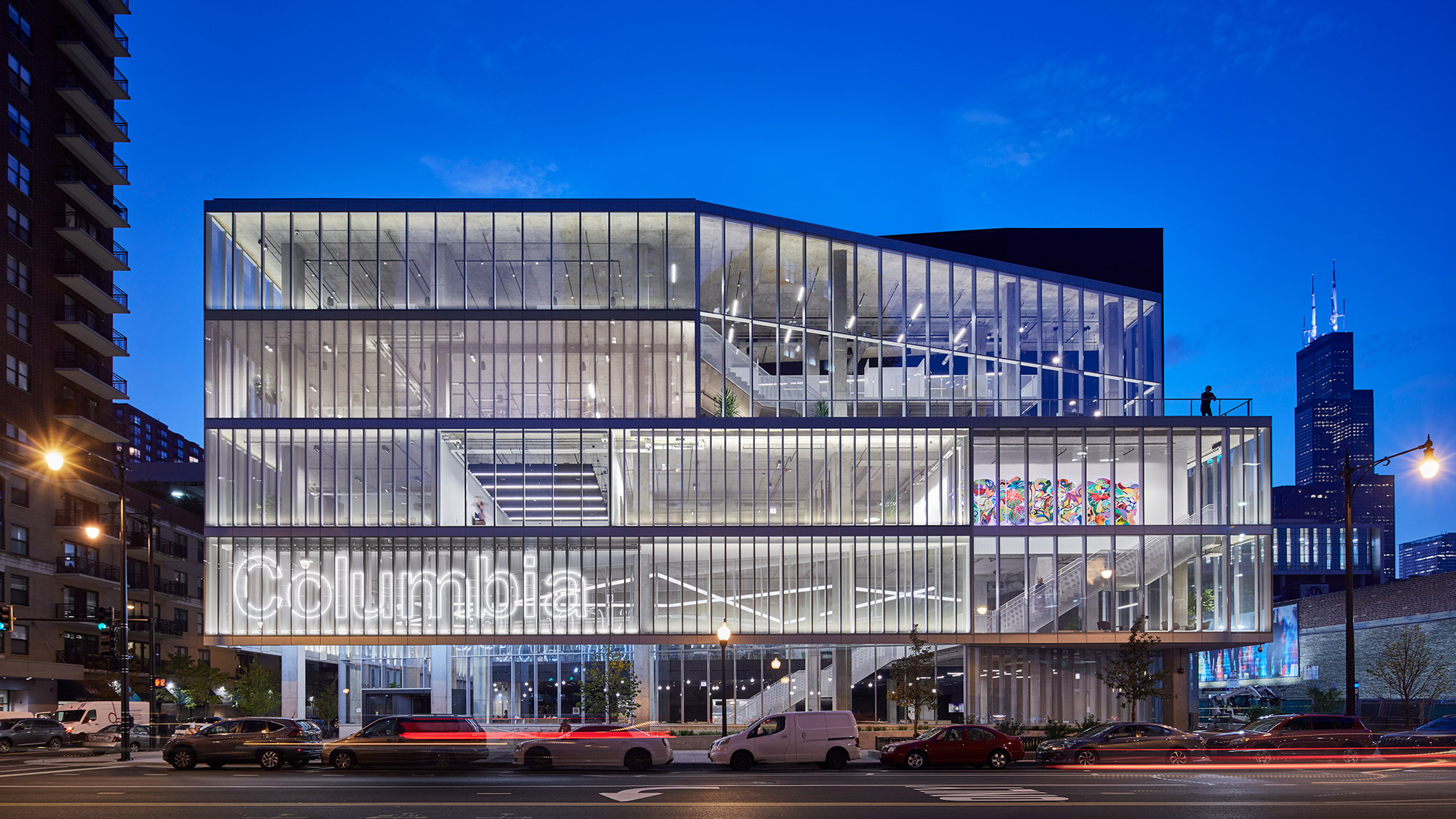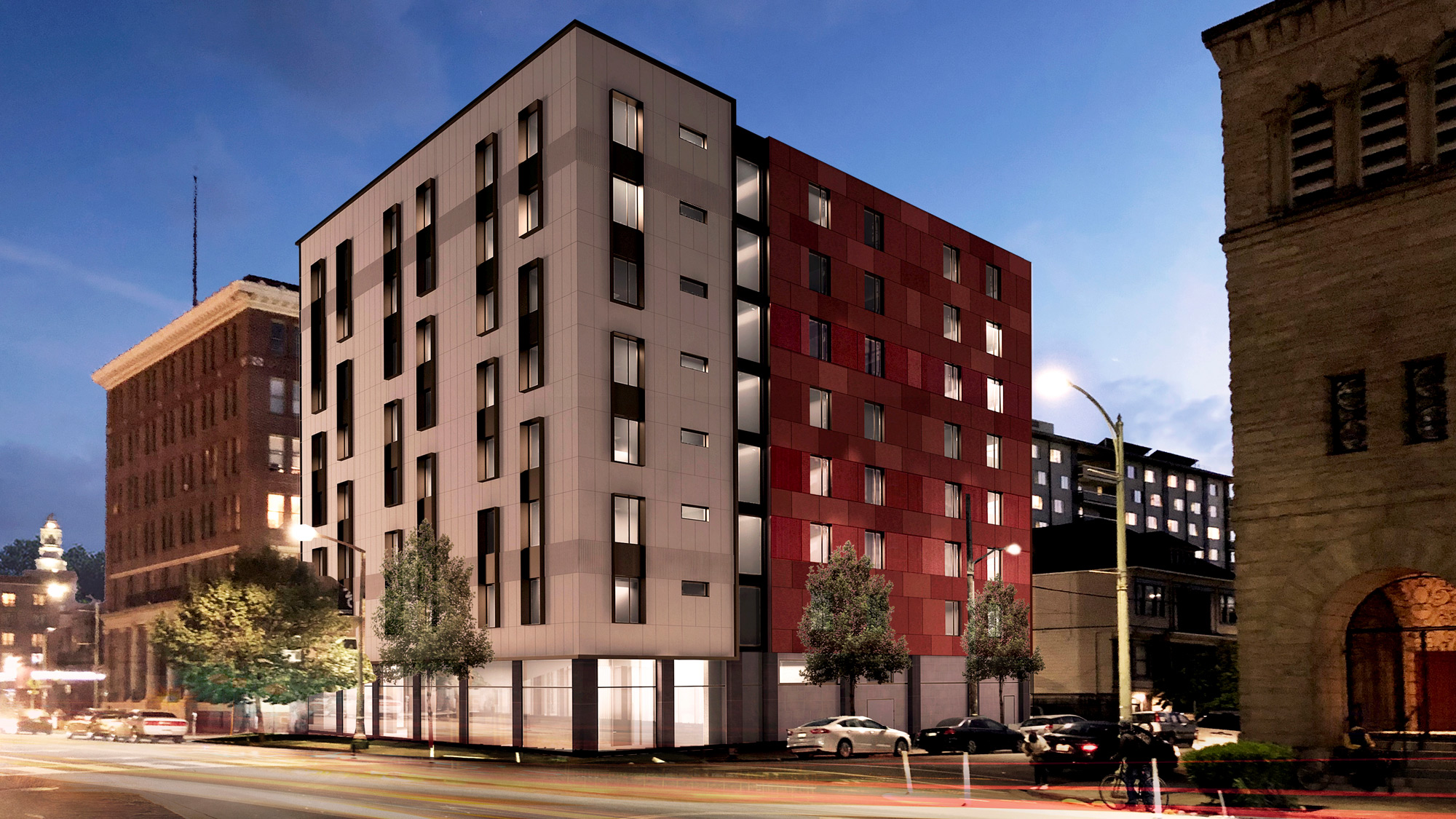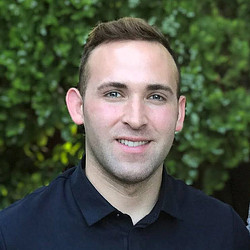Debunking Three Myths About Designing for Older Adults
January 24, 2023 | By Tama Duffy Day and Nicolas Swaner
By 2030, one of every five people in the U.S. will be 65 or older. Several months ago, as a part of the Gensler research initiative, we embarked on a three-month study to uncover answers to our broad research question of what are the attitudes and preferences of adults, over the age of 55, that are living independently? Our team, consisting of colleagues aged 30 to 60+, had our own preconceived notions, myths if you will, that we debunked along the way.
Here are our top three:
Myth #1: One Size Fits All
Given that nearly all continuing care retirement communities (CCRC) tend to provide very similar types of housing (independent living, assisted living, memory care, hospice, and skilled nursing) and very similar types of amenities (fitness, pool, pickle ball, café, restaurants, bar, gaming room, library, maker space, etc.) one might imagine that most older adults would be content with these options.
What we uncovered, however, is that the “care” model most CCRC’s typified is moving toward a new model — a “wellness” model. Even the term continuing “care” retirement communities is being replaced with “life plan” communities. This wellness model enables residents to focus on their interests and casts aside this belief that one size fits all. Rather than bingo at 4 p.m. for everyone, wellness models focus on one-on-one coaching with choice at its heart. One resident might relate to a community food kitchen where they focus on giving back, while another resident might connect with a travel group that leads biking tours along the Rhine Valley.
And although CCRC’s and Life Plan communities continue to provide valuable services, the average age of someone entering either type of community is 85. To provide more options for the 55–75-year-old population, there is a growth in developing Active Adult communities. Still aged restricted, these developments focus on lifestyle and recognize that their residents still might be working and are indeed, active. The living options are also more varied with options as diverse as single-family homes, condominiums, townhomes, and apartments.
As we live to be 100, the needs of older adults differs greatly — and the market is responding with options in both urban and suburban locations that address this fact.

Myth #2: You Can’t Teach an Old Dog New Tricks
In addition to this comment being ageist, can we really not change our ways? We believe the pandemic showed us that habits and mindsets can indeed change — at all ages. People of all ages worked from home, learned to use virtual platforms and older adults were some of the first to embrace telehealth. And with birthrates dropping and colleges closing due to this demographic shift of not enough students, many institutes of learning are opening courses to older adults. Indeed, lifelong education and knowledge sharing provides a wide range of benefits associated with quality of life.
Specific to this myth, surveyed older adults reported that lifelong education programs gave them a senses of self-worth, encouraged optimism, promoted socialization, allowed them to express themselves and empowered them to maintain their overall health.
So, it should come as no surprise that innovative developers are creating active adult and life plan communities near colleges and universities. As per AARP, there are more than 100 such facilities operating in 30 states, including Arizona State University, Duke, Oberlin in Ohio, University of Alabama and the University of Florida. Our work with Varcity at Purdue will bring a mix of independent living cottages, apartments, assisted living and memory care units to the edge of Purdue in Indiana.
As our co-collaborator James Appleby, CEO, The Gerontological Society of America noted, “Lifelong learning provides a new market typology for life enrichment and continuing education for older adults.” It appears we can teach EVERYONE new tricks!

Myth #3: Age-Friendly Cities Don’t Exist
Much of our research uncovered that older adults want to age in their communities, which are largely in urban centers. Our Gensler Residential Experience Index research revealed that 69% of older adults would like to stay in their current home as they get older.
In 2007 the World Health Organization acknowledged global ageing and created a guide for developing Global Age-friendly Cities. In the U.S., AARP is the network agent supporting this growth in age-friendly cities and have an interactive map illustrating their engagement in making communities livable so people of all ages can thrive.
As urban planners, we are implementing several of the livable cities initiatives — universal design, walkability, complete streets that support pedestrians, bicyclists, motorists, and transit, as well as vision zero — the goal of eliminating traffic fatalities. Many of these strategies support the concept of the 20-minute neighborhood — balancing the need for transportation, housing, and technology infrastructure with access to food, healthcare, and parks.
Urban neighborhoods need older adults and older adults need livable cities. One example of this collaborative nature is happening in Lancaster, Pennsylvania, where the Willow Valley Communities is developing an urban location for active adults — Mosaic. Mosaic is a new 20-floor, 150-unit senior living residence designed by Gensler. This vertical neighborhood building replaces a vacant newspaper building and will be connected to the local urban neighborhood. The location provides a walkable community with access to dozens of restaurants, an active art scene, a local farmers market, and new dynamic social circles. Units were created with adaptability and multi-generational accommodations while shared amenities include outdoor and indoor fitness options, a pool, a wine room, screening room, library, game room, and secured covered parking. The development features a club lounge, French bakery, and a ballroom, which engage the community by inviting in both residents and the public. Mosaic will be an integral part of the urban fabric — bringing a different pulse to this beloved city.
So, although Mosaic will be age-restricted, it will be a community that is porous and allows multi-generational interactions. It allows older adults to age within a community of active adults, it supports the concept of learning new ways to live in a high rise and will be an important and integral component of a city that is being built to support longevity.
As we design cities that are more affordable and more friendly for older adults, it’s important that we do not let outdated myths and misconceptions stand in the way of those opportunities.
For media inquiries, email .

